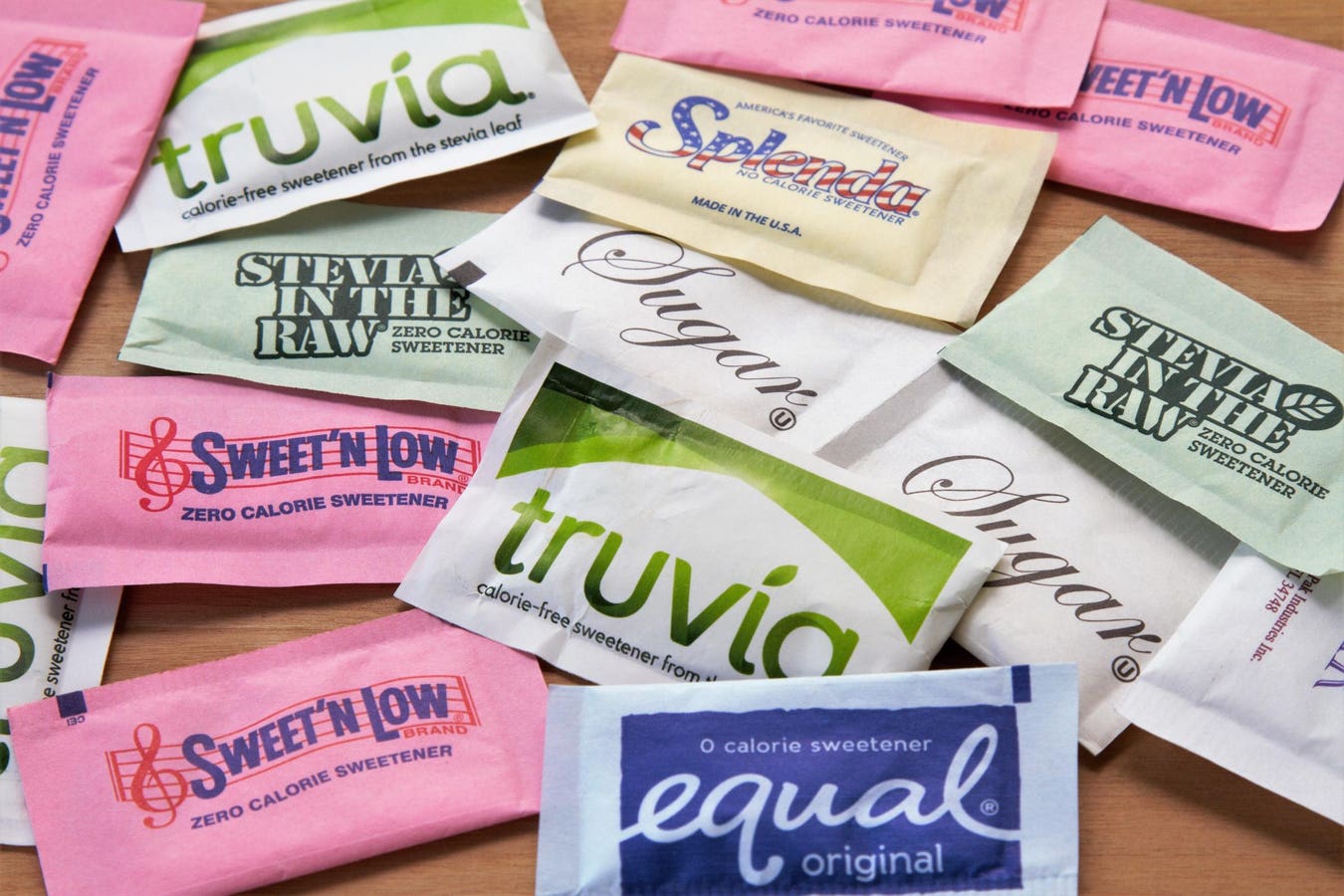New Georgetown University report cites need for more low- and no-calorie sweeteners
As public health officials clamor to remove added sugars from food and beverage products, a new study published by the Georgetown University Business for Impact Center signals that there is much heavy lifing ahead (full disclosure: I served as an author of the paper). The report noted that added sugars dominate products containing sweeteners, with 87% of items formulated this way. Only 8% of sweetened items contain low- or no-calorie sweeteners (LNCS) only, with 5% consisting of a combination of the two. The paper concluded that increased use of LNCS was necessary to eliminate meaningful amounts of added sugars and that LNCS offered effective and safe ways to do so.
The low- and no-calorie sweeteners of today are nothing like the cyclamates of more than 50 years ago, which the US banned in 1969 when they were suspected of being carcinogenic. But like the children and grandchildren of notorious public figures, today’s non-nutritive sweeteners like stevia, sucralose, and aspartame sometimes have trouble convincing consumers and public health authorities that they play an important role.
After a careful review of dozens of the most rigorous scientific studies by respected academic reviewers, we saw that substituting LNCS for regular-calorie versions using sugar leads to benefits in weight loss, lower body mass index (BMI) and reduced sugar intake. These studies, known as randomized controlled trials, are the gold standard for determining causality, unlike other observational studies often quoted in the media.
As the World Health Organization (WHO) and other noted health authorities are telling us to reduce added sugar, consumers are receiving that message. According to the International Food Information Council (IFIC), almost 3 of 4 Americans are trying to limit or avoid sugars, primarily added sugars. And Natural Marketing Institute (NMI) data used in the Georgetown study confirmed that “sugar content” and “added sugars” were among the top 4 items checked for most often on food labels (calories and sodium were the other two).
But here’s the conundrum: people don’t want to sacrifice taste, or totally ban sweetness from their diets. Surveys by IFIC, NMI and other research firms continually have come to the same conclusion: the #1 reason why consumers buy a product is for taste. LNCS can help consumers satisfy their need for taste and help them manage their weight at the same time. In fact, a myriad of popular food and beverage brands already contain LNCS, such as Diet Coke; Dannon Light + Fit Zero Sugar Yogurt; Heinz Tomato Ketchup with No Sugar Added; and Ice Cubes Sugar Free Gum. The sweeteners have been used safely for decades.
So where’s the rub?
Ever since cyclamates were banned in 1969 and aspartame was introduced in the early 1980’s, there has been an underlying suspicion about the authenticy of these low- and no-calorie ingredients. This comes despite the tortuous approval process required by the FDA and considerable research on the subject.
The Georgetown study cuts through all the noise and puts forth some inconvenient truths: that substituting LNCS for regular-calorie versions not only delivers benefits in weight loss, lower body mass index (BMI) and reduced energy intake, but also reaffirms that LNCS do not impact blood glucose and insulin levels, and that LNCS are safe.
With the WHO’s recommendation that consumers cap their added sugar intake to 10% of calories, more foods and beverages need to incorporate LNCS to chip away at that goal.
One challenge will be overcoming misconceptions. Given the growing preference for “all natural” ingredients, many consumers might automatically assume anything unnatural or artificial is unsafe. Compounding that skepticism, our study found that 1 in 5 consumers are unsure who is responsible for reviewing the safety of LNCS in the United States. Of those expressing a point of view, 29% believe it is the US government while 34% believe it is companies who manufacture sweeteners or sell the products that contain them. We need trusted agencies to clear up this confusion, because it’s clear that the effects of added sugar on public health clearly outweigh any potential misunderstandings regarding LNCS.
Here are some things to consider:
- If public health organizations want to achieve their added sugar reduction goals, they must step up and communicate the efficacy and safety of LNCS in helping consumers manage and lose weight. This will go a long way in helping to clear up consumer confusion.
- The evidence suggests that the public health community must use only the best studies to advance firm points of view on the use of LNCS.
- To help reduce added sugars, food and beverage companies should incorporate LNCS into more of their products.
We have to focus on the big picture: Americans have an epidemic of overweight and obesity, and organizations such as the WHO state that added sugar and its accompanying calories are associated factors. No one is suggesting that consumers do face plants into vats of LNCS. But if consumers – the masses – want products that deliver taste first, along with the added benefit of being less bad for you, LNCS can fill the bill in more products. We need to utilize the best science and give these ingredients room to run.
Read the full article here





